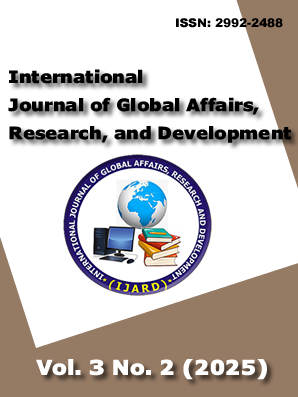PROBLEMS AND PROSPECTS OF POULTRY PRODUCTION IN GWAGWALADA AREA COUNCIL, FEDERAL CAPITAL TERRITORY, ABUJA, NIGERIA
Keywords:
Poultry production, Prospect, Respondents, Structured questionnaireAbstract
A study was conducted in Gwagwalada Local Government Area of the Federal Capital Territory, Abuja, to examine the problems and prospects of poultry production. For data generation, 16 farmers were randomly selected from each of the nine (9) districts that make up the Local Government Area, thus making a total of 144 respondents for the study. Both interview and structured questionnaires were used for the study. Data collected were analyzed using percentages. 52.08% of the famers are male. An overwhelming majority (56.25%) have tertiary education. Majority (52.08%) of the farmers adopted intensive system of management, though about 21.533 and 26.39% practiced extensive and semi intensive systems respectively . majority (76.39%) of the respondents had over 2 years of experience in poultry keeping Majority (68.753) of the respondents reported that no extension services are available in the study area, though 32.25% said extension services are available. Majority (69.44%) of the farmers reported that they obtained their veterinary drugs from private stores instead of government clinics. About 62.50% of the farmers utilize self-made feeds to feed their poultry. Water supply does not appear to be a problem for farmers in the study area, as overwhelming majority (62.50%) have access to tap water. The major (45.14%) disease affecting poultry production in the study area is coccidiosis. Other common diseases are fowl pox (30.56%), Newcastle (17.36%) and chronic respiratory disease (13.89%).It was found out that poultry production has good prospects as well as problems which need to be addressed to encourage more farmers to go into poultry production in Gwagwalada Local Government Area.
Downloads
Published
How to Cite
Issue
Section
License
Copyright (c) 2025 International Journal of Global Affairs, Research and Development

This work is licensed under a Creative Commons Attribution-NonCommercial 4.0 International License.
CC Attribution-NonCommercial 4.0 (CC BY-NC 4.0): This license allows others to download works from your journal and share them with others as long as they credit the author, but they can't use them commercially. They can create derivative works, but those derivatives must also be non-commercial and give appropriate credit.


